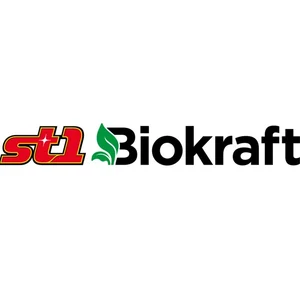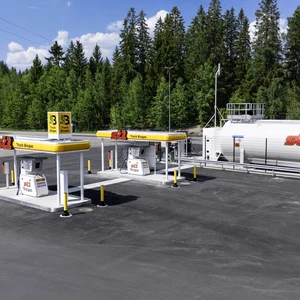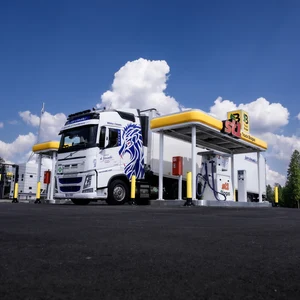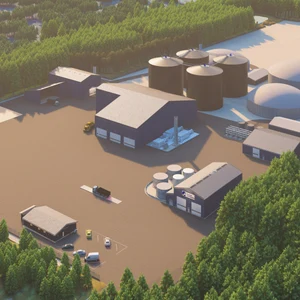Biogas
What is biogas?
Biogas is produced from the decomposition of organic material. In practice, biogas is generated by collecting household waste, such as wastewater and food scraps, along with manure from farms, and breaking them down in an anaerobic environment. The resulting gas is then upgraded into either compressed biogas (CBG) or liquefied biogas (LBG), while the remaining mass is processed into biofertilizer for fields. These biofertilizers support food production, completing a sustainable carbon cycle.
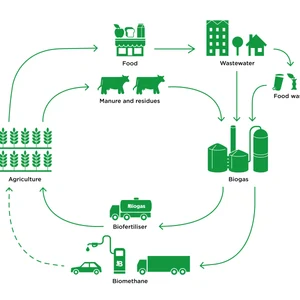
Biogas significantly reduces emissions in heavy traffic
Biogas plays a significant role in the energy transition and the reduction of emissions from transport. Biogas accelerates the shift from fossil fuels to renewable solutions, particularly in heavy-duty transport. By transitioning to biogas-powered vehicles, companies can substantially reduce emissions in their logistics chains.
Depending on its origin, the use of biogas in heavy transport can reduce emissions more than 100 percent. In terms of performance, biogas is equivalent to conventional diesel.
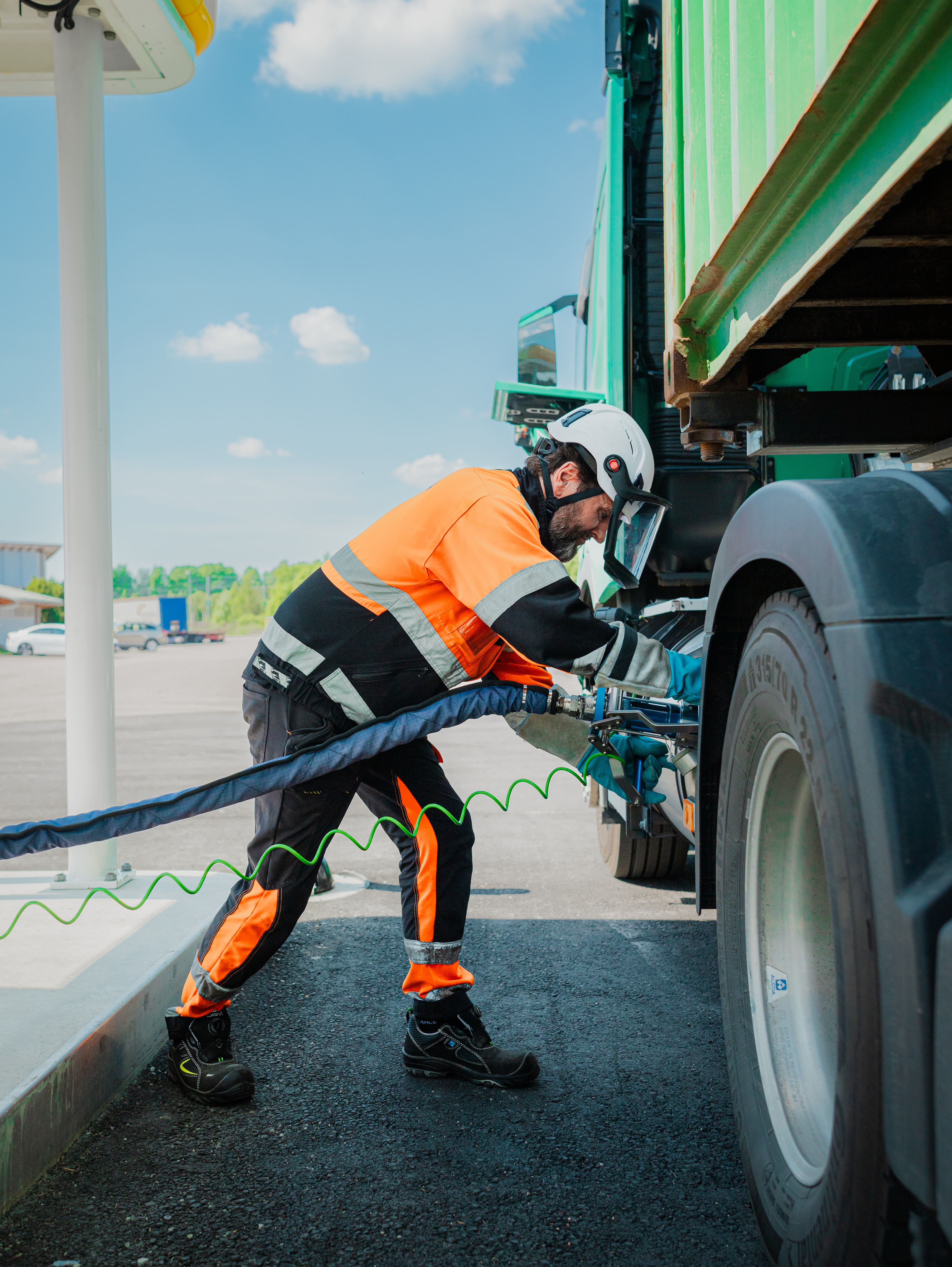
St1 Biokraft – Towards becoming the leading biogas operator in the Nordics
St1 Biokraft AB is a joint venture between St1, HitecVision and Aneo. St1 Biokraft consists of former St1’s biogas assets and Biokraft International AB. St1 Biokraft integrated the two entities into one company in 2024 with the ambition of becoming the leading biogas company in the Nordics. St1 Biokraft operates an end-to-end biogas value chain, from feedstock sourcing all the way to sales and distribution. St1's sales organization and network will continue the distribution of St1 Biokraft’s products.
In Finland, St1 Biokraft and the dairy and food company Valio have a joint venture to produce liquefied biogas from dairy farm manure and other agricultural by-products as fuel for heavy-duty transport. The joint venture company, Suomen Lantakaasu Oy, will build Finland’s biggest biogas production plant in Upper Savo, Finland.
